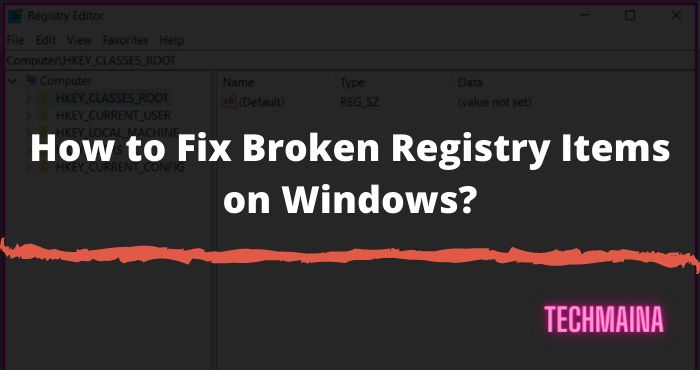

In the Notepad window that appears, you can use the Replace option to do this.It’s frustrating if your Windows 10 PC refuses to boot due to sudden system crash, hard drive errors or virus infection. To do this, in the import window, right-click on the. reg file, for example, to add some keys and values to HKLMSystem, and you’ve got the SYSTEM hive loaded under HKLMwindows-system, you’ll have to replace all occurrences of System in the file with windows-system. You can also have multiple keys at once loaded too. When you’ve finished editing the hive, click on its key, open the File menu and click unload key.All registry entries in the hive you selected will appear under this key. Now a new key with the name you chose will appear inside the key you clicked in step 5. When prompted, enter a key name for that hive, for example, “ windows-system“.
 Select the registry hive of your choice. Here you will see a list of registry hives.
Select the registry hive of your choice. Here you will see a list of registry hives. 
Note: it might not have the same drive letter as it usually has, and it definitely won’t be X: (that’s Startup Repair’s temporary drive). In the box that appears, click on Computer, and open the drive where Windows is installed.
 Click on any key (for example, HKEY_LOCAL_MACHINE), open the File menu, and click on Load hive…. Now we have to load your Windows installation’s registry hives. Any changes you make to it will be undone when you restart your computer, by the way. The registry displayed in regedit at the moment is Startup Repair’s limited diagnostics environment’s registry. Now you just edit the registry like any other time, right? Wrong. In the System recovery options menu, choose Command Prompt. If you have Windows 7, restart your computer, hold F8, and then choose Repair your computer. If you have Windows Vista, insert your Vista installation disk, restart your computer, when prompted, press any key to start Windows from the disk, then choose your language settings, then click Repair your computer. First, we have to start Startup Repair. Luckily, as long as you know which registry entry you messed up, you can manually modify it from Startup Repair. There have been many cases where people have made an incorrect change to the registry, preventing Windows from booting, and have had to reinstall Windows. There are some errors that Startup Repair hasn’t been programmed to detect. It repairs the Windows boot files, checks the disk for errors, let’s you restore your computer using System Restore, and corrects incorrect registry values. Many of you will probably be familiar with Windows Vista’s and Windows 7’s Startup Repair feature.
Click on any key (for example, HKEY_LOCAL_MACHINE), open the File menu, and click on Load hive…. Now we have to load your Windows installation’s registry hives. Any changes you make to it will be undone when you restart your computer, by the way. The registry displayed in regedit at the moment is Startup Repair’s limited diagnostics environment’s registry. Now you just edit the registry like any other time, right? Wrong. In the System recovery options menu, choose Command Prompt. If you have Windows 7, restart your computer, hold F8, and then choose Repair your computer. If you have Windows Vista, insert your Vista installation disk, restart your computer, when prompted, press any key to start Windows from the disk, then choose your language settings, then click Repair your computer. First, we have to start Startup Repair. Luckily, as long as you know which registry entry you messed up, you can manually modify it from Startup Repair. There have been many cases where people have made an incorrect change to the registry, preventing Windows from booting, and have had to reinstall Windows. There are some errors that Startup Repair hasn’t been programmed to detect. It repairs the Windows boot files, checks the disk for errors, let’s you restore your computer using System Restore, and corrects incorrect registry values. Many of you will probably be familiar with Windows Vista’s and Windows 7’s Startup Repair feature.








 0 kommentar(er)
0 kommentar(er)
